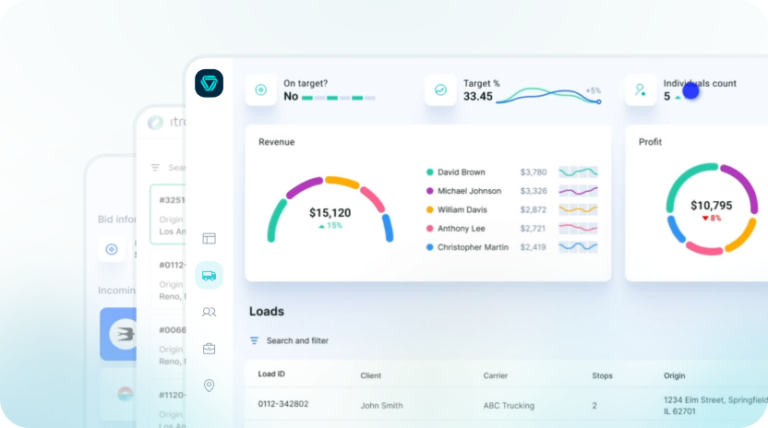The Problem
With the latest round of tariffs impacting America’s major trading partners; Shippers, Carriers and 3rd Party Logistics companies (3PL’s) must prepare for the unavoidable disruptions that will be felt across the supply chain through increased costs and shifting market dynamics. The newly imposed tariffs will target a range of industries, affecting imports and exports of raw materials, electronics, and consumer goods.
These policy changes are expected to reshape how we move freight, introduce price volatility within affected markets, and place additional financial burdens on shippers and carriers alike. Shippers will likely be forced to reassess their supply chain strategies and find cost saving measures, whilst Carriers may suffer from pricing volatility as lane rates shift with changing demand as well as potential border delays and compliance challenges that will occur with increased regulation.
These challenges present a unique opportunity for 3PL’s to position themselves as a trusted Strategic Partner to help both Shippers & Carriers navigate the uncertain times ahead. Below are some of the strategies we at TILT will be deploying over the coming months to ensure we can service our customers to achieve optimum outcomes
3 Key strategies for 3PL’s to Adopt
1. Stay Informed and Educate Clients
The first step in managing tariff-related uncertainty is maintaining currency on the latest policy and industry developments. 3PLs should monitor announcements from government agencies, trade organisations, and industry news sources (freightwaves or freightcaviar for example). By providing Shippers and Carriers with timely insights into tariff changes, potential exemptions, and new trade regulations, 3PLs can position themselves as strategic advisors.
2. Diversify carrier networks and optimize mode selection
With tariffs influencing the cost and availability of goods, shippers will seek alternative suppliers and carriers to optimise their supply chains. 3PLs can support this transition by expanding their networks, ensuring access to multiple transportation options and providing the most cost effective solution for their customers. It is critical that 3PL’s therefore expand their supplier networks into multiple modes to enable teams to quickly pivot if shippers demand lower prices.
3. Leverage Technology for Real-Time Visibility
Uncertainty caused by tariffs can lead to fluctuating transit times and supply chain disruptions. 3PLs must utilise technology that provides real-time tracking, predictive analytics, and automation to enhance operational efficiency and improve client decision-making.

How TILT Can Help
TILT is uniquely positioned to support 3PLs, Shippers, and Carriers navigating the new tariff landscape. Here’s how:
- Advanced Tech Tools: TILT’s TMS, Shipper dashboard and advanced tracking tools, provide real-time visibility, predictive analytics, and automation capabilities to handle fluctuating market conditions that enable you to out maneuver the competition.
- Carrier & Supplier Network Access: With an extensive and diversified network, AI driven lane pricing tools and auto bidding features, TILT can help clients reroute freight and source capacity quickly, avoiding tariff-heavy lanes.
- Optimised Freight Solutions: With the need to remain as flexible as possible, TILT leverages strong partnerships in a number of different modes including FTL, LTL, Intermodal and Drayage, to ensure the best solution is found for their customers.
- Education & Advisory: TILT’s expert and experienced team regularly briefs clients on regulatory changes to prepare for supply chain impacts.
Whether you’re a smaller 3PL operation looking to compete on a larger scale or a Shipper/Carrier needing strategic support, TILT’s tools and team are here to help you stay ahead of the competition.





